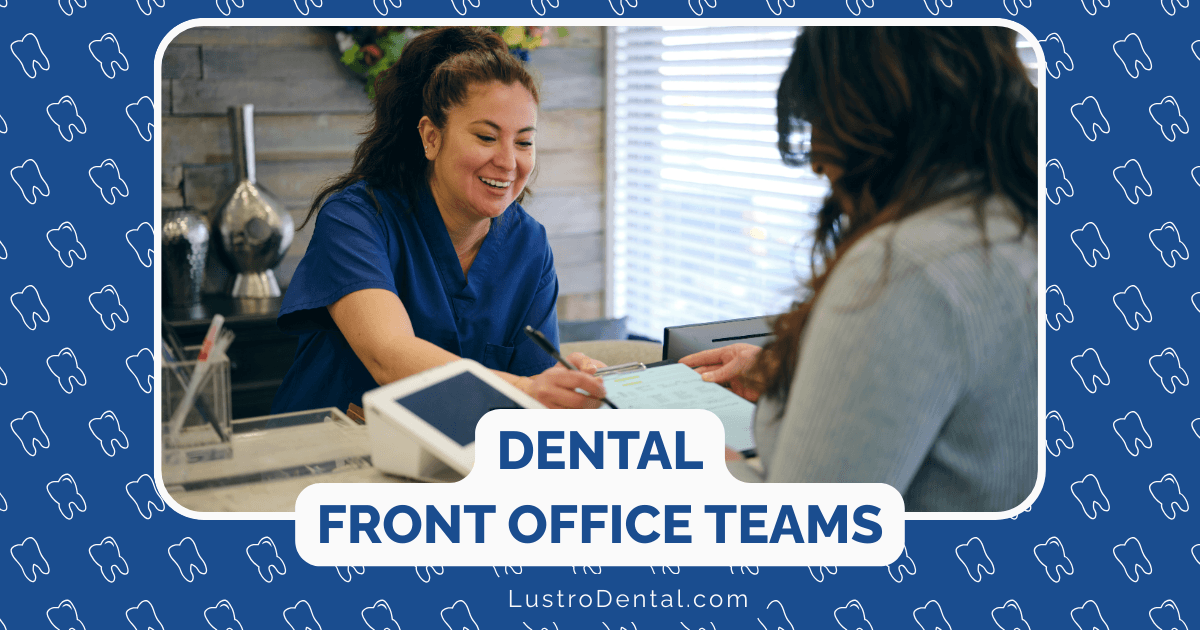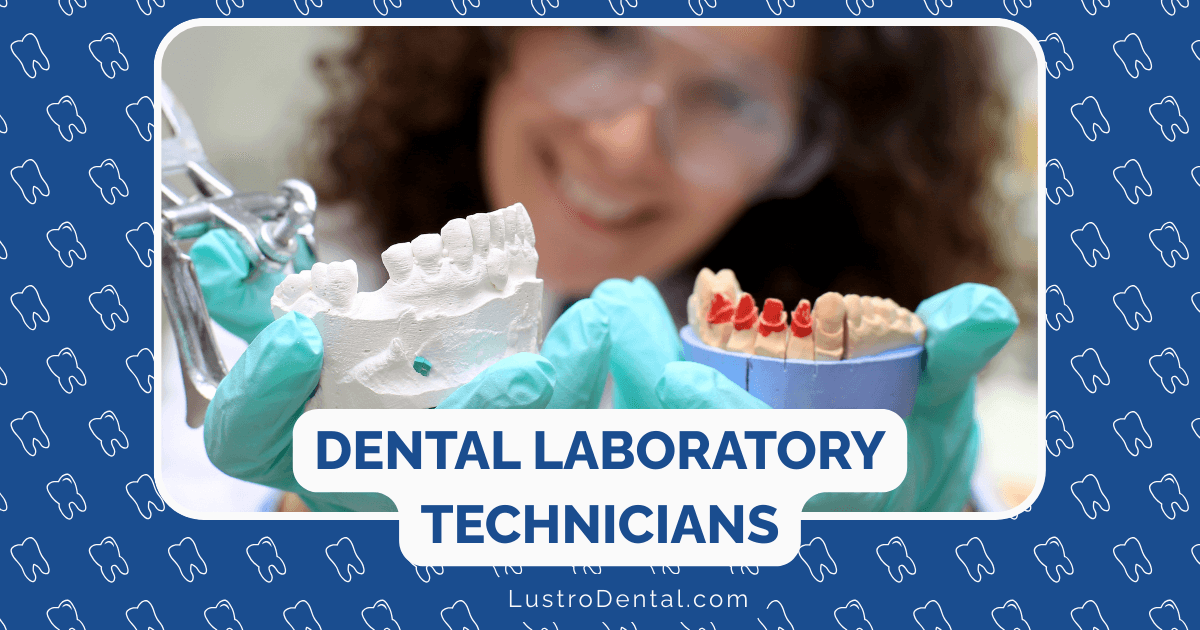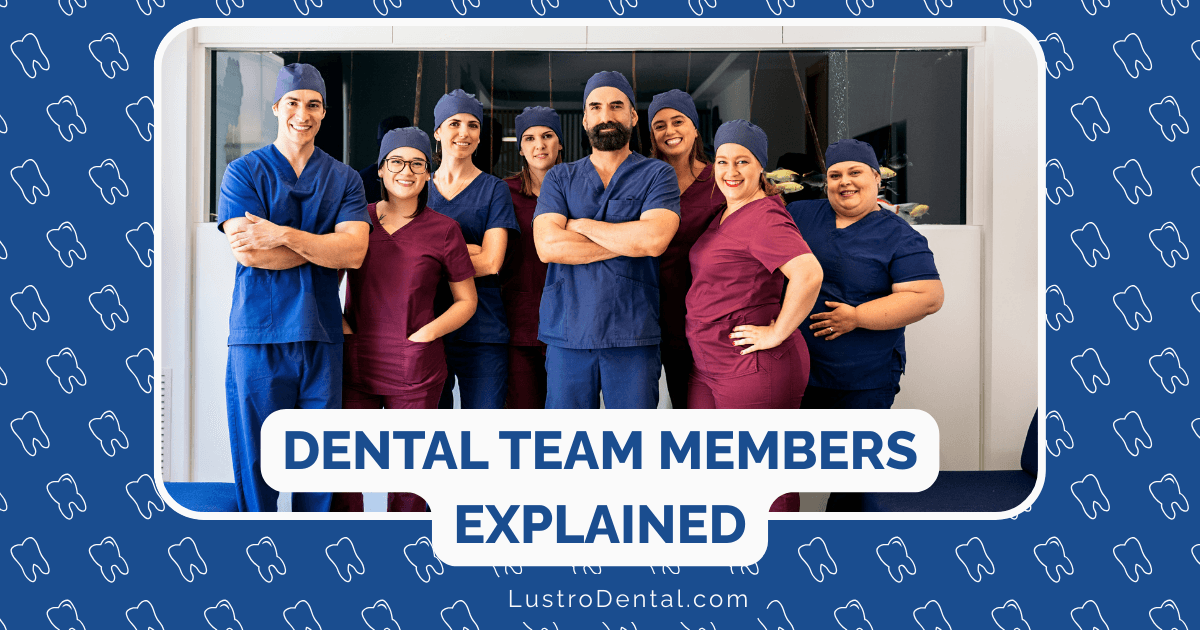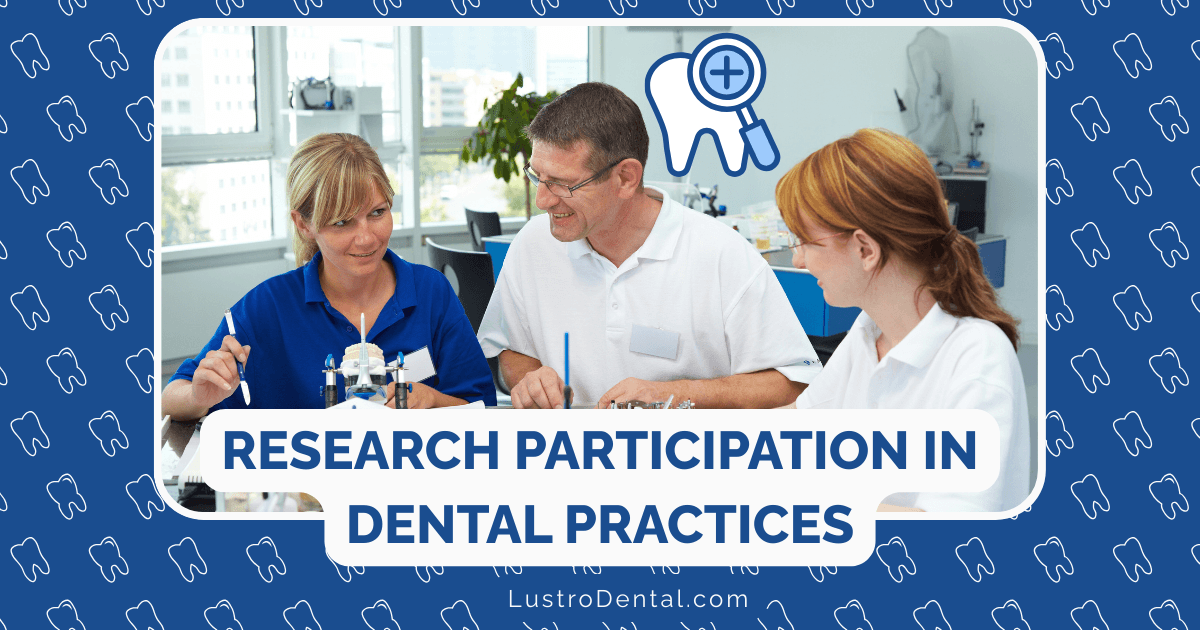Automated Appointment Reminders: Technology Reducing No-Shows
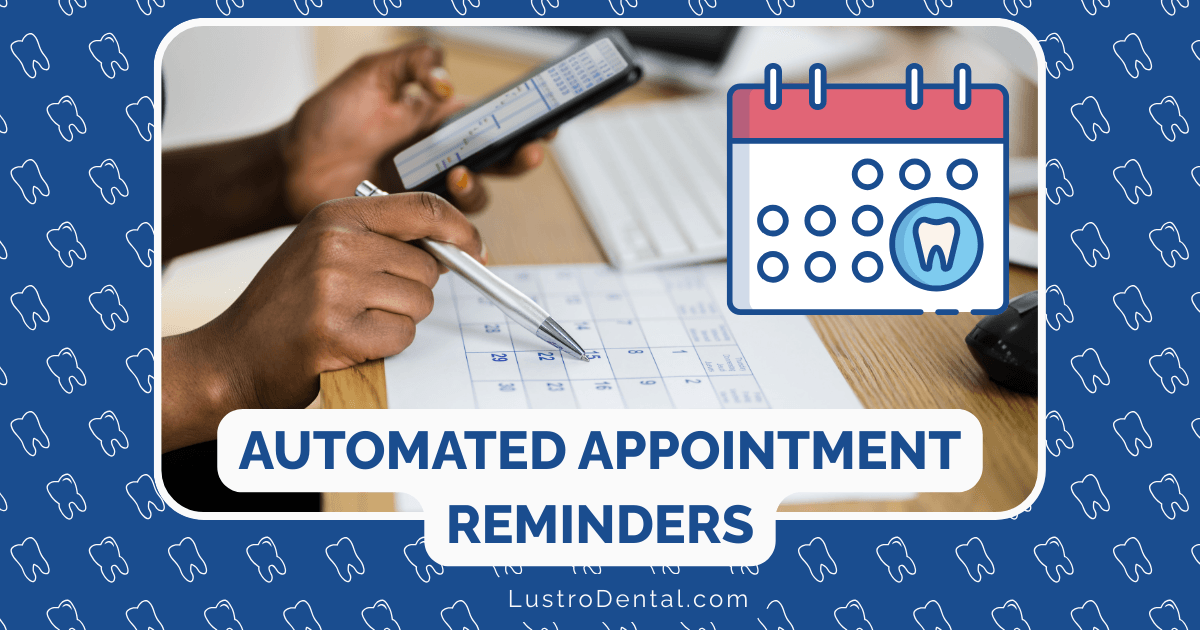
It’s a scenario that plays out in dental offices across the country every day: A patient misses their scheduled appointment without notice, leaving an empty chair and a gap in the day’s schedule. These no-shows aren’t just minor inconveniences—they represent significant lost revenue, wasted resources, and missed opportunities to provide care to other patients.
The good news? Modern technology offers a powerful solution in the form of automated appointment reminders. These digital systems are revolutionizing how dental practices communicate with patients and dramatically reducing the costly problem of missed appointments.
The No-Show Challenge: Understanding the Impact
Before diving into solutions, let’s quantify the problem. According to industry research:
- The average no-show rate for dental appointments ranges from 5% to 30%, depending on the practice and patient demographics
- Each missed appointment costs a dental practice approximately $200-$350 in lost revenue
- A typical dental office may lose 5-10 appointments weekly, resulting in $1,000 to $2,000 in weekly revenue loss
- Annually, this translates to $50,000-$100,000 in potential lost revenue for a single practice
- Nationwide, missed healthcare appointments cost the U.S. healthcare sector over $150 billion annually
Dr. Sarah Chen, a practicing dentist in Boston, shares: “Before implementing an automated reminder system, we were seeing a no-show rate of about 18%. That translated to nearly $6,000 in lost revenue every month—a significant hit to our bottom line.”
Beyond the financial impact, no-shows create scheduling inefficiencies, reduce staff productivity, and can even affect the quality of patient care by disrupting treatment continuity.
How Automated Reminder Systems Work
Automated appointment reminder systems use technology to send pre-scheduled notifications to patients about upcoming appointments. These systems typically integrate with practice management software and can deliver reminders through multiple channels:
Text Messages (SMS)
Text messages have become the gold standard for appointment reminders, with research from NexHealth showing that:
- 70% of patients prefer receiving appointment reminders via text
- 90% of text messages are read within 90 seconds of receipt
- Text reminders have the highest engagement rate compared to other methods
Email Reminders
Email provides a platform for more detailed communication:
- Approximately 20% of patients prefer email reminders
- Emails can include comprehensive appointment information, pre-visit instructions, and even educational content
- They create a permanent record that patients can reference
Automated Phone Calls
While less popular with younger demographics, automated voice calls remain important:
- About 10% of patients (particularly older adults) still prefer phone reminders
- Voice calls can convey a more personal touch
- They’re essential for reaching patients without smartphones or regular internet access
Postcard Reminders
For certain demographics or specific types of appointments:
- Traditional mail reminders can serve as physical memory aids
- They’re useful for patients who aren’t tech-savvy
- They can include branding elements that reinforce practice identity
The Effectiveness of Automated Reminders: What the Data Shows
The impact of automated reminder systems is well-documented through research and real-world implementation:
Reduction in No-Show Rates
A comprehensive study by Sesame Communications analyzed over 1.6 million dental appointments across 64 practices and found:
- Implementation of automated reminders resulted in a 22.95% reduction in no-shows
- The financial impact translated to an average of $31,456.88 in incremental production per practice
- Benefits continued throughout the 36-month post-activation period studied
Similarly, research published in the American Journal of Managed Care reported a 39% reduction in no-shows for clinics using automated reminder systems.
Comparison of Reminder Methods
A study published in the Journal of Clinical Orthodontics compared the effectiveness of different reminder methods:
- SMS text reminders had the lowest no-show rate at 1.90%
- Email reminders resulted in a 2.68% no-show rate
- Phone call reminders had a 3.49% no-show rate
While the differences weren’t statistically significant in this particular study, the trend favoring electronic methods (especially text messaging) aligns with broader industry findings.
Patient Preferences
Understanding patient preferences is crucial for maximizing reminder effectiveness:
- 97% of dental patients prefer digital communication over phone calls for appointment reminders
- 79.5% specifically favor SMS text and email reminders over phone calls
- Patient preferences vary by age demographic, with younger patients strongly preferring texts and older patients more receptive to calls
Dr. James Wilson, a dental practice management consultant, notes: “The most effective reminder strategy is one that aligns with patient preferences. When patients receive reminders through their preferred channel, they’re significantly more likely to show up for appointments.”
Best Practices for Implementing Automated Reminders
To maximize the effectiveness of automated appointment reminders, consider these evidence-based best practices:
Optimal Timing and Frequency
Research from Yapi suggests a strategic approach to reminder timing:
- Initial confirmation: Send a “save the date” message when the appointment is scheduled
- Two-week reminder: Send an email reminder two weeks before the appointment, allowing time for rescheduling if needed
- Three to four-day reminder: Request confirmation via text or email
- One-day reminder: Send a final reminder the day before
- Same-day reminder: Send a text two hours before the appointment to minimize delays
For complex or lengthy procedures, consider adding an additional reminder three weeks in advance to allow patients adequate preparation time.
Personalization and Content
The content of your reminders significantly impacts their effectiveness:
- Personalize with names: Address patients by name to increase engagement
- Include specific details: Date, time, provider name, and type of appointment
- Add value: Include pre-appointment instructions, parking information, or COVID protocols
- Clear call-to-action: Make it obvious how to confirm, reschedule, or cancel
- Keep it concise: Especially for text messages, brevity is key
Multi-Channel Approach
Using multiple communication channels increases the likelihood of reaching patients:
- Primary channel: Use the patient’s preferred method of communication
- Backup channel: If no response is received, follow up through a secondary channel
- Escalation protocol: For high-value appointments or surgical procedures, consider a personal phone call if automated reminders go unconfirmed
Two-Way Communication
Modern reminder systems should facilitate two-way communication:
- Allow patients to confirm, cancel, or reschedule with a simple reply
- Enable patients to ask questions about their upcoming appointment
- Automatically update your scheduling system when patients respond
Real-World Success Stories
The impact of automated reminder systems is perhaps best illustrated through real-world examples:
Case Study: SmileBright Dental Clinic
SmileBright Dental Clinic implemented an automated reminder system after struggling with a persistent 18% no-show rate. According to LinkedIn research:
- Within three months, their no-show rate dropped to 5%
- They reported a 20% increase in appointment bookings
- Staff spent 75% less time on phone calls for appointment management
- Patient satisfaction scores improved by 35%
Case Study: Happy Smiles Dentistry
Happy Smiles Dentistry implemented a multi-channel reminder system with the following results:
- No-show rate decreased from 15% to 4% in three months
- Average daily appointments increased from 16 to 19
- The practice estimated an additional $87,000 in annual revenue
- Administrative staff reported saving 12 hours weekly on manual reminder calls
Selecting the Right Automated Reminder System
When choosing an automated reminder system for your dental practice, consider these key factors:
Integration Capabilities
The system should seamlessly integrate with your:
- Practice management software
- Electronic health records
- Online scheduling system
- Patient portal
Customization Options
Look for flexibility in:
- Message content and branding
- Timing and frequency of reminders
- Communication channels
- Language options for diverse patient populations
Reporting and Analytics
Valuable features include:
- No-show rate tracking
- Confirmation rate monitoring
- Response time analysis
- Patient communication preferences
Compliance and Security
Ensure the system:
- Is HIPAA compliant
- Uses secure messaging protocols
- Protects patient privacy
- Maintains proper documentation
Cost Considerations
Evaluate the return on investment by considering:
- Initial implementation costs
- Monthly subscription fees
- Training requirements
- Potential revenue recovery from reduced no-shows
According to PracticeMojo, dental practices typically see a 5000% ROI on automated reminder systems, with first-year fees recovered within the first six months of implementation.
Overcoming Implementation Challenges
While the benefits are clear, implementing an automated reminder system may present some challenges:
Patient Adoption
Some patients, particularly older adults, may be resistant to digital communication. To address this:
- Offer multiple communication options
- Provide clear instructions on how to respond to reminders
- Train front desk staff to explain the benefits of the system
- Maintain traditional reminder methods for patients who prefer them
Staff Training
Successful implementation requires staff buy-in and proper training:
- Involve team members in the selection process
- Provide comprehensive training on system features
- Establish clear protocols for managing responses
- Regularly review and optimize the system
Technical Integration
Integration with existing systems can sometimes be complex:
- Ensure compatibility with your practice management software
- Work closely with vendors during implementation
- Test the system thoroughly before full deployment
- Have a backup plan for technical failures
The Future of Appointment Reminders
The technology behind appointment reminders continues to evolve rapidly. Here are some emerging trends to watch:
AI-Enhanced Personalization
Artificial intelligence is enabling more sophisticated reminder systems that can:
- Learn patient preferences and behavior patterns
- Predict which patients are at higher risk for no-shows
- Customize reminder timing and frequency based on individual patient history
- Adapt messaging based on appointment type and patient demographics
Integration with Virtual Assistants
Future systems may leverage virtual assistants like Siri, Alexa, or Google Assistant to:
- Provide voice-activated appointment confirmation
- Answer basic questions about upcoming appointments
- Offer directions to the dental office
- Help patients prepare for their visit
Predictive Analytics
Advanced analytics will help practices:
- Identify patterns in no-show behavior
- Optimize scheduling to minimize impact of cancellations
- Create more effective overbooking strategies
- Target reminder efforts to high-risk patients
The Bottom Line: A Win-Win Solution
Automated appointment reminders represent a rare win-win technology in healthcare:
For dental practices:
- Reduced no-show rates
- Improved schedule efficiency
- Increased revenue
- Enhanced staff productivity
- Better patient flow
For patients:
- Convenient reminders through preferred channels
- Reduced likelihood of missing important dental care
- Easier methods to confirm or reschedule
- Less time spent on phone calls
- Improved preparation for appointments
Dr. Lisa Chen, a dental practice management expert, summarizes it well: “Automated reminder systems are one of the highest-ROI investments a dental practice can make. They solve a significant problem, pay for themselves quickly, and improve both the patient and provider experience.”
As technology continues to advance, we can expect automated reminder systems to become even more sophisticated, personalized, and effective—further reducing the perennial challenge of no-shows while enhancing the dental care experience for all involved.
Have you implemented automated appointment reminders in your dental practice? What results have you seen? Share your experience in the comments below.


